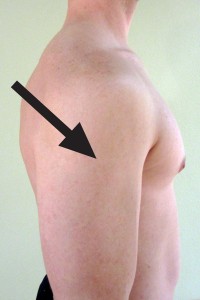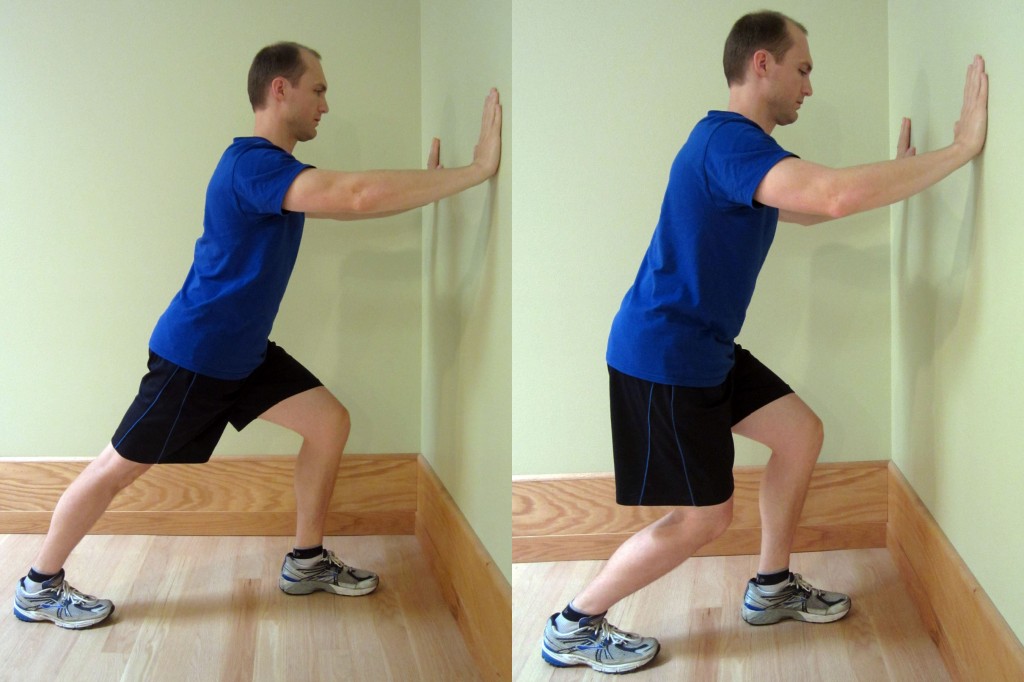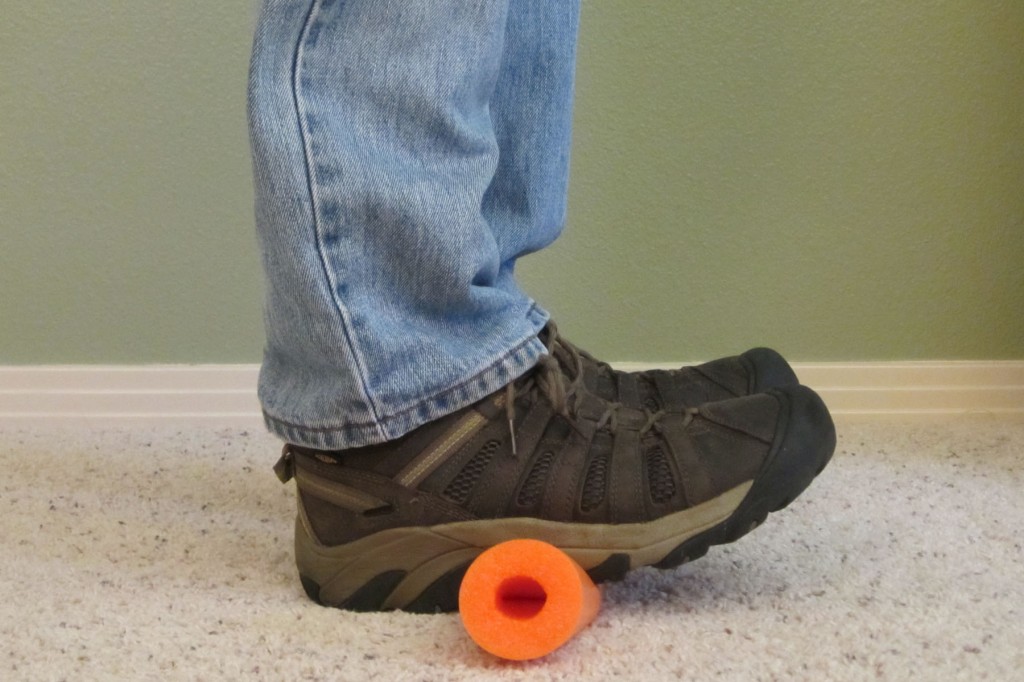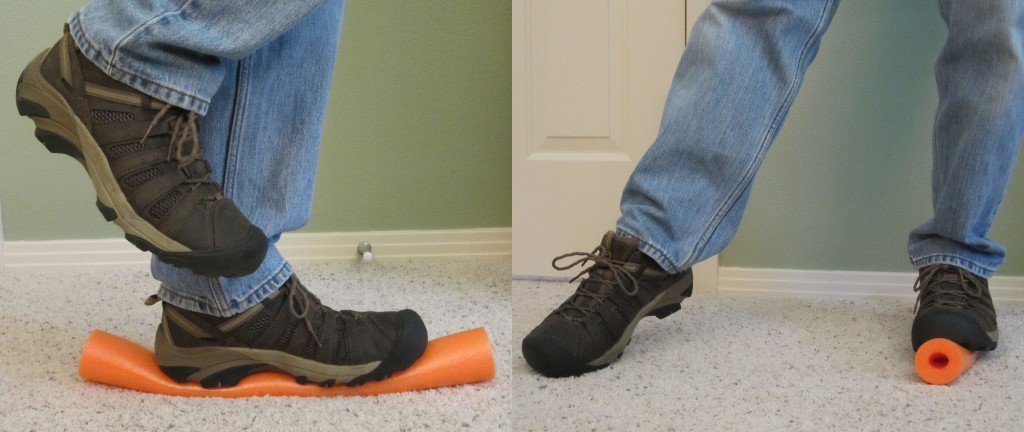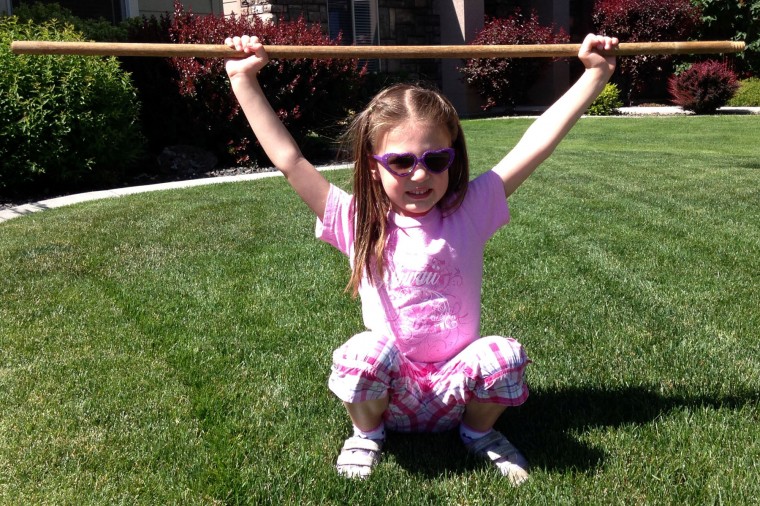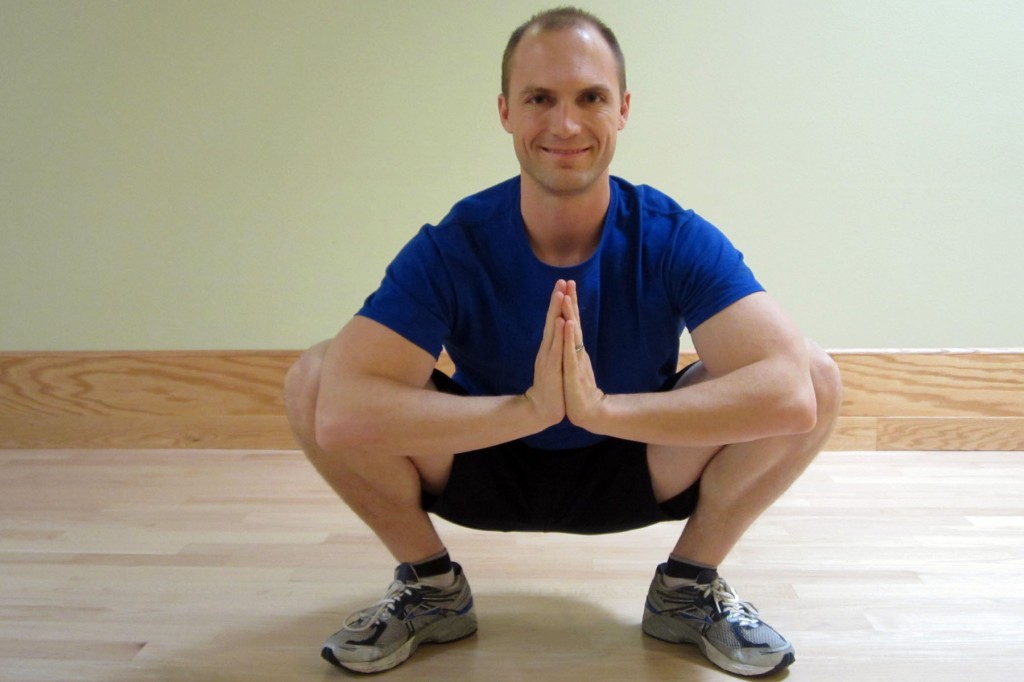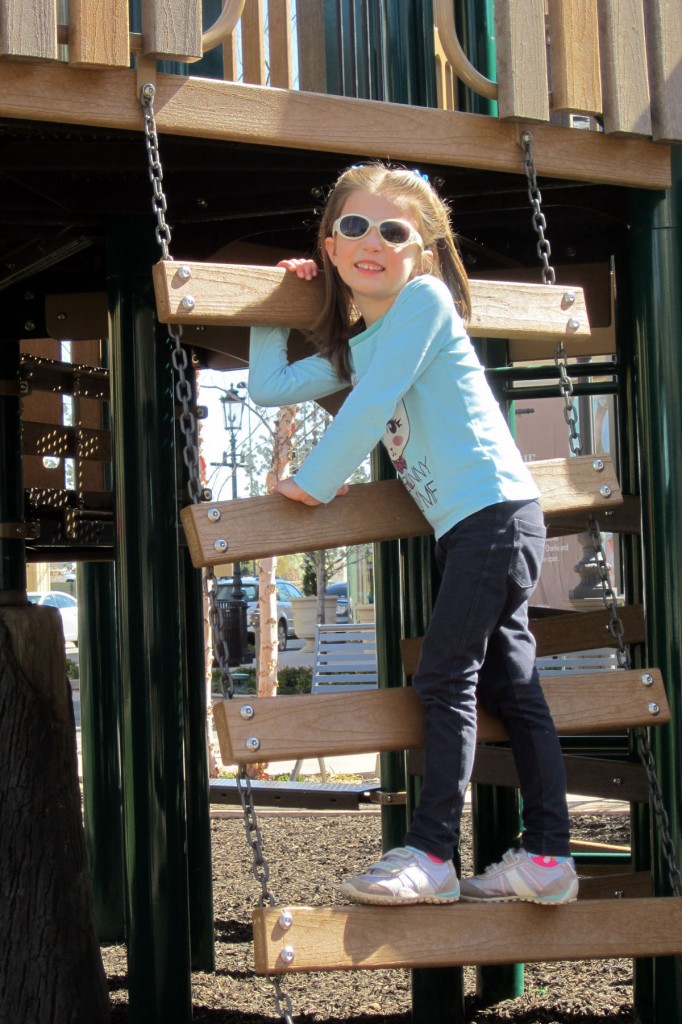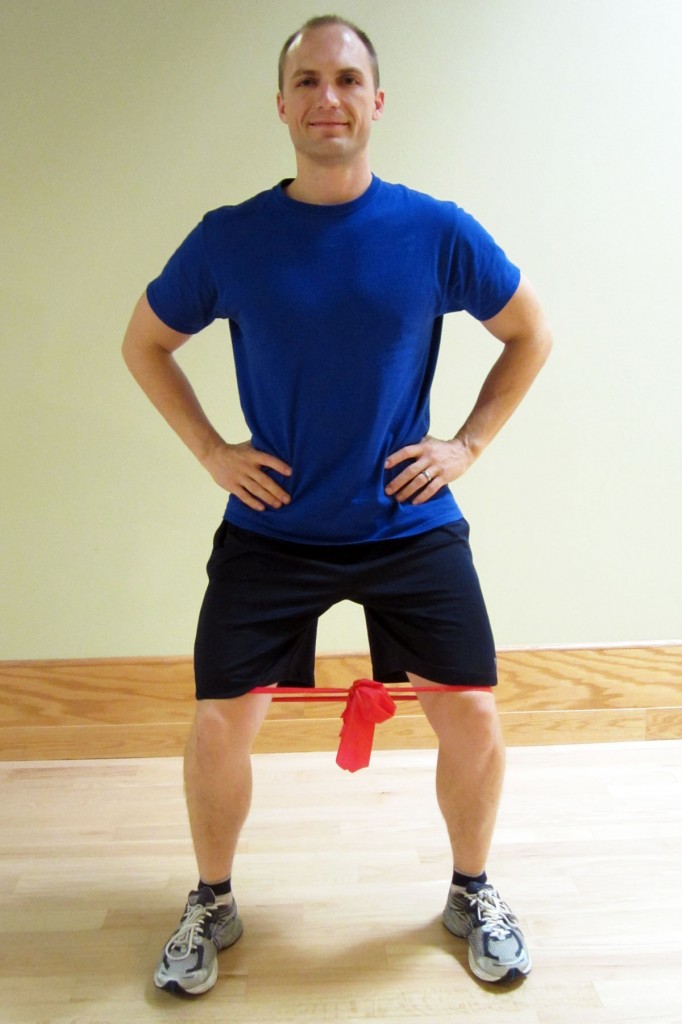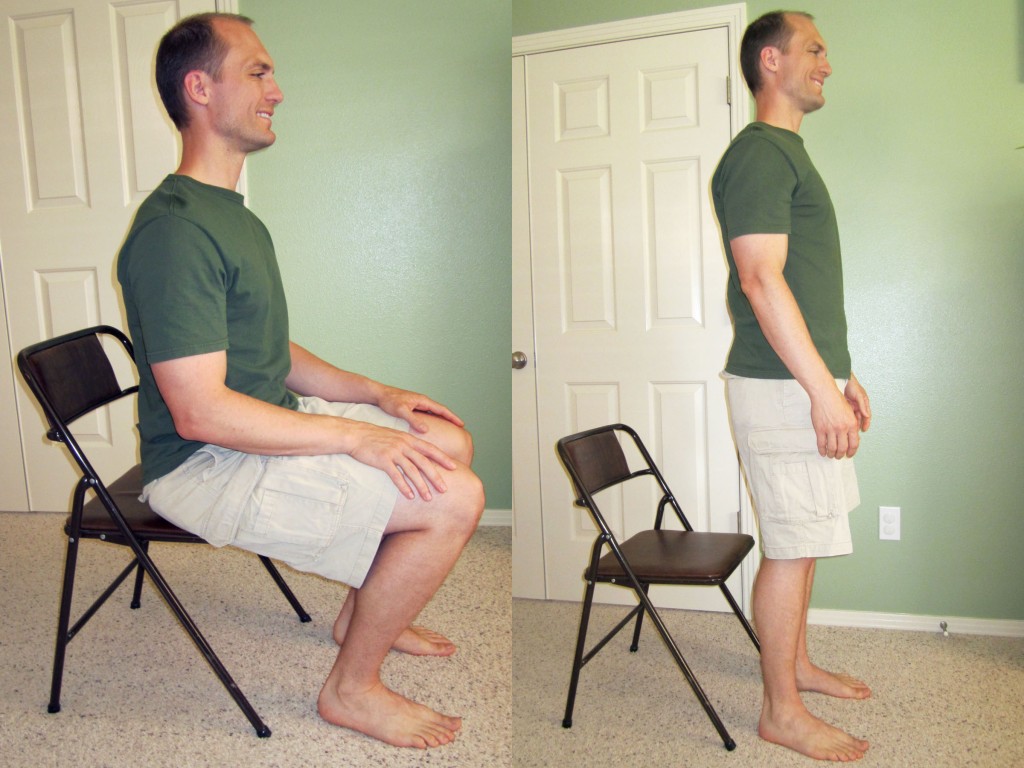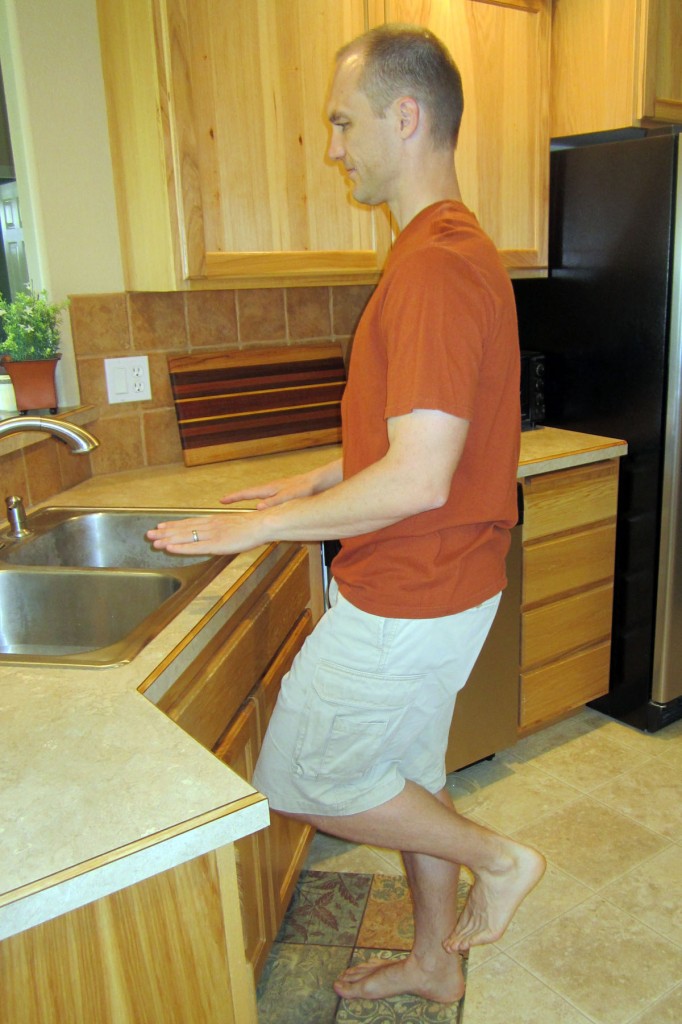Most of us think stretching is stretching is stretching. Who likes it? Why do we need it? Yes, some days I’m personally still in that camp! Stretching is actually more nuanced than that. The real question is: why are you stretching in the first place?
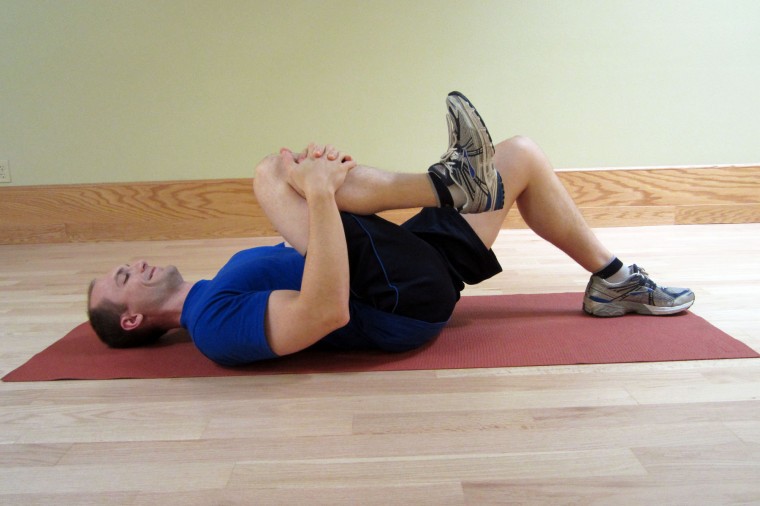
There are potentially different reasons to stretch. One reason is to decrease pain. Stretching an ailing muscle or muscle spasm can activate internal stretch receptors in the muscle tendon unit, which helps the muscle to relax. It can also change the blood flow to the area or affect the input on the nerve–all resulting in some pain relief.
We instinctually want to stretch. Consider yawning. Our outward arm motions during a yawn are nothing more than primitive stretch reflexes. Babies begin stretching in utero! We continue to voluntarily stretch for the rest of our lives (or in the case of a yawn, involuntary). Animals (dogs, cats, horses, and even birds) also stretch daily.
Stretching releases positive endorphins and neurotransmitters in the brain which helps us to feel better. Depending on the location of the stretch and the intensity, it can cause relaxation or alertness.
Stretching is used to improve range-of-motion (ROM) of a joint, but why? The most common reason is that the joint ROM is limited and is somehow affecting performance of a desired activity.
Stretching is also used as a preventative measure. For example, if ROM is limited asymmetrically (unequally) in the hamstrings, then it could lead to a pelvic torsion and low back pain. Another example is a shoulder which has limited ROM, yet a person continues to reach up overhead or perform an overhead weight lifting technique. If the individual doesn’t have adequate ROM to perform the lift, then either he or she will perform the lift incorrectly (risking injury). The body will be forced to compensate somewhere for the lack of shoulder mobility (again, likely leading to injury).
As a physical therapist, I work weekly with people who have injuries from compensating for lack of ROM and mobility in the body. This problem is prevalent due to current American culture. We spend most of our day either sitting (driving, working on the computer, watching TV) or hunched over while sitting or standing (washing dishes, picking up children, general slouching). As a society on average, we don’t move or stretch enough to live healthfully. A joint must go through its full ROM on a daily basis to remain healthy. Without the full ROM, a nutrient rich and internally lubricating fluid known as synovial fluid cannot properly circulate and coat the joint surface. Over time, this will lead to stiffness, dysfunction, and joint deterioration such as arthritis.
One potential issue to address is that all stretching methods aren’t created equal and certainly aren’t appropriate in every circumstance. The research indicates that stretching, when done improperly or at the wrong time, can either help or inhibit performance.
Let’s review five different methods of stretching or improving ROM:
Static Stretching – Static stretching is basically holding a tissue in an elongated form. This can be performed across one joint or multiple joints, depending on the muscle or tissue being stretched. The minimum length of time should be 30 seconds to around 60 seconds at a mild to moderate discomfort. If you want to maximize results, then the stretch should be held for a longer duration of at least five minutes. Typically, this is not practical for most people. Static stretching before your athletic performance causes loss of performance. If the goal is to gain ROM, then static stretching should be performed, but only after the activity or at a separate time.
Dynamic Stretching – This is a more active type of stretching where you are moving in and out of your available range of motion. This can be progressed into ballistic stretching, which is taking a joint actively and usually quickly, through its available ROM and into a near end range stretch without exceeding the physiologic maximum ROM for the joint or muscle/tendon tissue. As a warm up, dynamic and ballistic stretching can improve performance and joint ROM. If the goal is to prepare for an activity, then a dynamic warm up should be performed. Ballistic stretching is not indicated for novice athletes or beginning stretching. It is definitely not indicated when recovering from injury.
Myofascial Release with Foam Rolling – Research is limited presently, but it indicates that foam rolling can help improve joint ROM without the deleterious effects of static stretching. It can be performed prior to athletic performance and not provide a negative effect. Clinically and personally, I find foam rolling to be an effective method in improving ROM. Foam rolling should be a frequent post-workout activity, and at times, it would be indicated as a pre-workout activity. It is also a fantastic way to release stress and tension, and it may improve recovery times. (Please refer to a recent post, Does Foam Rolling Help or Hurt Your Performance?)
Proprioceptive Neuromuscular Facilitation (PNF) – PNF stretching is a very quick and effective method of utilizing the body’s neurologic stretch receptors within the muscle and tendon units to assist in producing increased ROM. There are many different types of PNF stretches and exercises. The most basic and easiest to utilize individually is a technique known as Hold/Relax. Move the extremity and joint to a point of feeling a mild stretch, and then lightly resist any further stretch for approximately 10 seconds. After 10 seconds, progress further into the stretch and hold for approximately 30 seconds. I tend to work in sets of three to four when performing this technique. It is also important to remember that it should never result in pain, only a stretching sensation.
Neuromobilization or Neural Gliding – This is probably the least understood of all methods to improve ROM. There are many factors to consider regarding neural mobility. First, the nerves are covered in a protective sheath which is meant to be very flexible. Unfortunately, when the sheath is irritated or damaged, it tends to lose its flexibility. This typically leads to neural pain. Sciatic nerve pain from a bulging disc is an example of when this may occur. Trying to directly stretch a nerve is a bad idea as it usually makes it worse. Specific neural gliding and mobilization techniques have been developed to assist with improving ROM and pain. As a physical therapist, I use clinical signs to help guide my treatment diagnosis, which ultimately can help guide the treatment for the client. If you are experiencing neural tightness and pain, please seek medical advice to insure you are getting proper care. There are times when neural tension can be present without pain or other symptoms. It may be caused by poor spinal alignment, poor posture, or other medical illnesses.
The science of stretching is as diverse as the reasons why you may want or need to stretch. Stretching is critical to maintaining flexibility. Flexibility is a critical component to a healthy and optimally functioning body. Although flexibility and stretching are often overlooked, they are truly critical to optimize health, prevent injury, and maximize performance. Stretching should never be done to the point of causing pain. It is possible to cause injury by over aggressively stretching. The best results are usually through consistency and a mild to moderate stretching sensation.
Please email contact@thephysicaltherapyadvisor.com if you have a question that you would like featured in an upcoming blog post.

